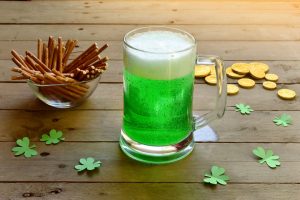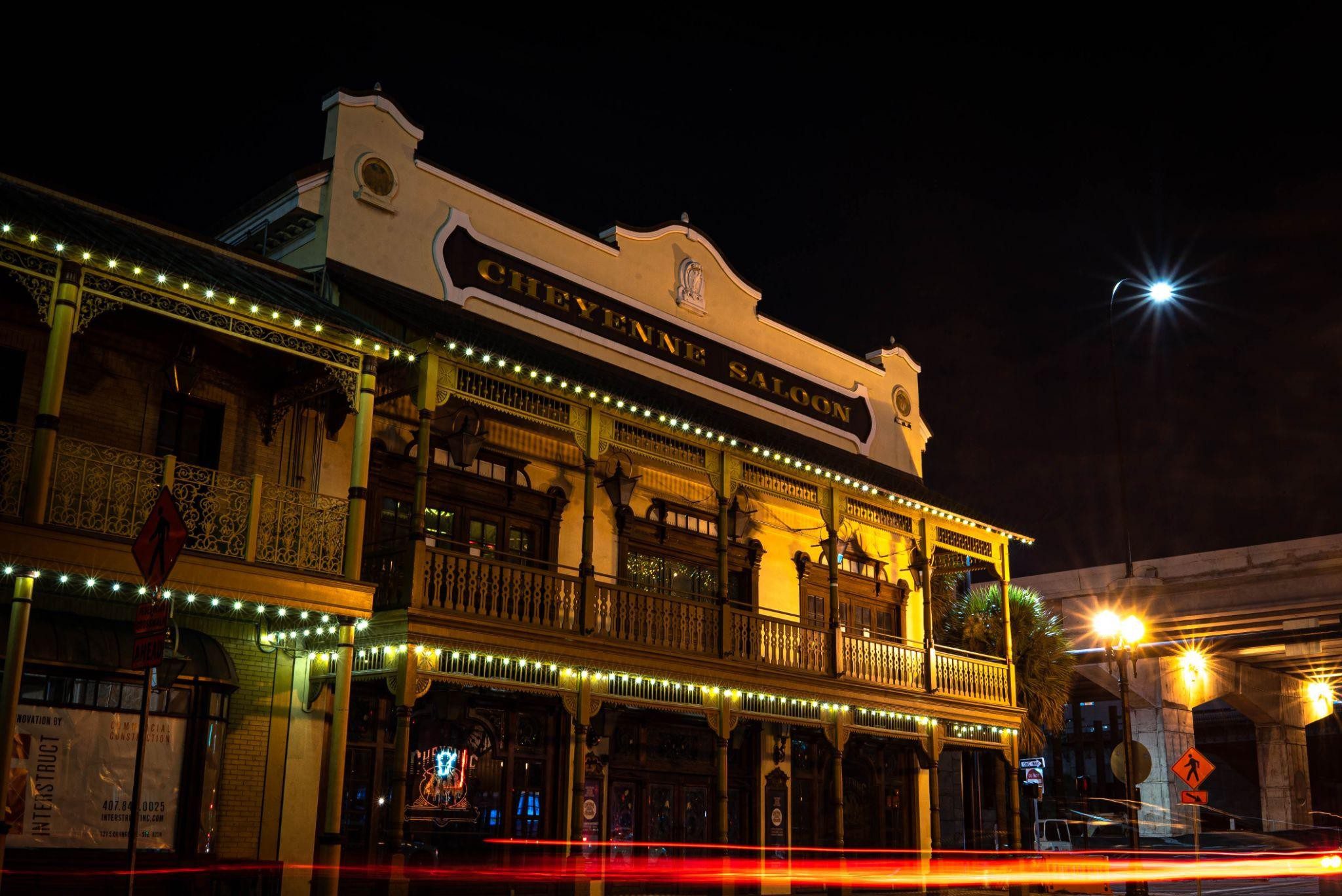Growth Of St. Patrick’s Day Celebrations
In the late 1700’s and 1800’s, Irish patriotism in America soared. The rise of so-called “Irish Aid” societies like the Friendly Sons of Saint Patrick and the Hibernian Society took effect. Each group would hold annual parades in celebration.
In 1848, several New York Irish Aid societies decided to unite their celebrations. This resulted in one official New York City St. Patrick’s Day Parade. Today, that parade still holds the record world ‘s oldest civilian parade and the largest in the United States, with over 150,000 participants. In fact, 3 million people line the 1.5-mile parade route to catch a glimpse, which takes over five hours.

The Bright Light Of The Real History Of St Patricks Day
In America in the late 1800’s, the Irish people still had a great deal of strife. Though put down with prejudice and poverty, these individuals were determined to make something for themselves. The American Irish soon began to realize, their large and growing numbers endowed them with great power. In a political sense, they were a force that had yet to be exploited. They began organizing, and their voting block of the “green machine,” became an important swing vote. This was a time that the annual St. Patrick’s Day parades became a show of strength for Irish Americans. It was now a must-attend event for many political candidates.
When President Harry S. Truman attended New York City ‘s St. Patrick’s Day parade In 1948, it was a win. It marked a truly proud moment for the many Irish Americans. It wasn’t for naught that their ancestors had to fight stereotypes and racial prejudice to find acceptance in America.
The Green Chicago River
Over time, many Irish immigrants spread out over the United States. In the other cities development, they were able to infuse their own traditions. One of the most notable is the city of Chicago. They host an annual dyeing of the Chicago River green that is truly a sight to see. Starting in 1962, city pollution-control workers realized a great idea. At the time, they used dyes to trace illegal sewage discharges for pollution control. However, they realized that the green dye might provide a unique way to celebrate the holiday. That year, they released 100 pounds of green vegetable dye to keep it green for a whole week. Today, they minimize environmental damage by using only 40 pounds of dye. To err on the safe side, the river turns green for only several hours but remains a great memory for all.




